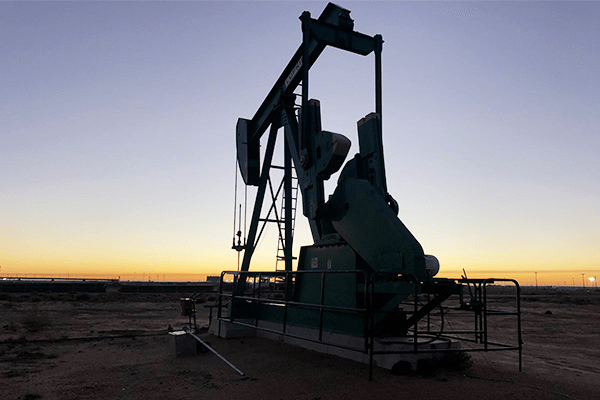Hydroxyethylcellulose (HEC) is a white or light yellow, odorless, non-toxic fibrous or powdery solid. It is prepared from the etherification reaction of alkaline cellulose and embryonic ethane and is a non-ionic soluble cellulose ether. It has good thickening, suspension, dispersion, emulsification, adhesion, film-forming, moisture protection and protective colloid properties, so it has a wide range of applications in many fields.

Here’s how to use hydroxyethylcellulose:
Before and after adding hydroxyethylcellulose, it must be stirred continuously until the solution is completely transparent and clear. The best way to add ingredients is to sift into the stirred water and do not pour it in all at once. Do not put the agglomerated hydroxyethyl cellulose directly into water, otherwise it will not dissolve for a long time.
The pH value of the solution should not be greater than 7 when fully stirred. Do not add some alkaline substances to the mixture before the epoxy coating hydroxyethyl cellulose powder is soaked with water. Raising the pH after soaking will help dissolve. Usually it only takes 3 minutes of stirring to completely wet the thickener, and then increasing the pH value will significantly speed up the dissolution rate. As pH and temperature increase, hydration time decreases accordingly.
Hydroxyethylcellulose can be mixed with other soluble or insoluble dry ingredients before being added to the formula. Pigments, fillers or dyes may therefore be added to facilitate dispersion.
Add antifungal agents as early as possible.
When using high-viscosity hydroxyethyl cellulose, the concentration of the mother liquor should not be higher than 3% (by weight), otherwise the mother liquor will be difficult to operate.
Adding approximately 0.01% surfactant to water aids in wetting and dispersion.
